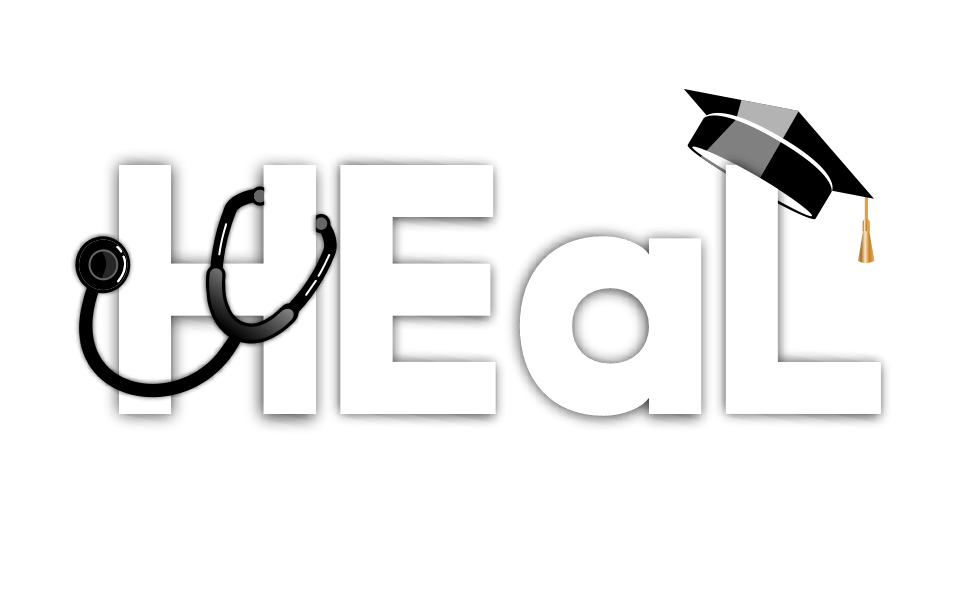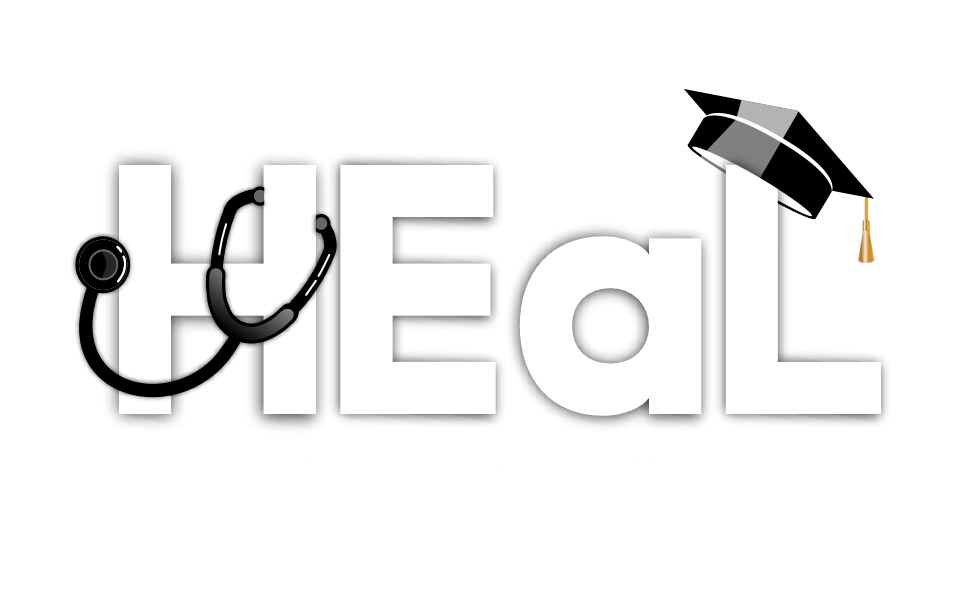Lately, the use of VR or Virtual Reality tools has increased across industries, especially in the healthcare industry. This shift in trend is mainly due to the number of benefits they bring to the table.
The following list entails why the importance of VR tools has increased in the healthcare industry.
Reasons for accelerated use of VR tools in the healthcare industry
- It improves patient outcomes.
The VR technology can help boost patient experience by reducing pain and anxiety during medical treatment, enhancing rehabilitation outcomes, and delivering better access to healthcare for patients who live in remote or unreachable areas.
- It increases efficiency.
These tools allow healthcare professionals to work more accurately by providing realistic simulations for complex medical procedures. This approach cuts down the need for in-person training and brings out a quicker diagnosis.
- It is cost-effective.
VR technology brings down healthcare costs considerably by offering an alternative to expensive in-person medical training. This approach reduces the need for additional expensive medical equipment and facilities.
- It offers better access to healthcare.
These tools can enhance access to healthcare services for patients, especially those residing in remote areas. Additionally, this technology is a boon for patients who have transportation or mobility issues.
- It brings the best use of innovation.
This technology is an innovative way to offer medical care, which has the potential to revolutionize the complete industry by delivering economical, quicker, and safer ways to diagnose, treat, and prevent illness and injuries.
These are a few of the important reasons why there has been a sharp rise in the use of VR tools and technology in the healthcare industry.
The next section entails areas where VR tools can be used in the healthcare realm.
Use of VR Tools in the Healthcare Industry
Here are some examples of how VR tools are being utilized in healthcare.
- Pain Management: VR technology is being used to help patients feel less pain during medical procedures. VR therapy is often used to cut down the need for pain-relieving medication or to avoid the use of opioids, which can cause addiction.
- Rehabilitation: VR is mainly used for physical and cognitive rehabilitation. For instance, a virtual environment can be of great use to stroke patients who can practice movements and improve their motor skills. It also aids individuals with traumatic brain injuries to improve their cognitive abilities.
- Medical Training: VR tools can deliver realistic simulations of medical procedures for medical students and healthcare professionals, enabling them to practice and improve their skills in a safe environment.
- Mental Health: VR technology is being used to treat mental health disorders like anxiety and PTSD. Simulated environments and situations can be safely used to trigger patients’ symptoms, which can lead them to come up with coping mechanisms.
- Surgical Planning: VR technology can be used to plan and practice surgeries before actually performing them. A 3D imagery of a patient’s anatomy offers a better way for surgeons to practice complex procedures. This approach cuts down the complication risks that the medical professional might face during surgery.
In a nutshell, VR tools have the potential to change the face of healthcare by improving patient outcomes, reducing the need for medication, and enhancing medical training. However, more research is needed to entirely understand the advantages of VR technology in healthcare and to determine potential risks and limitations.







